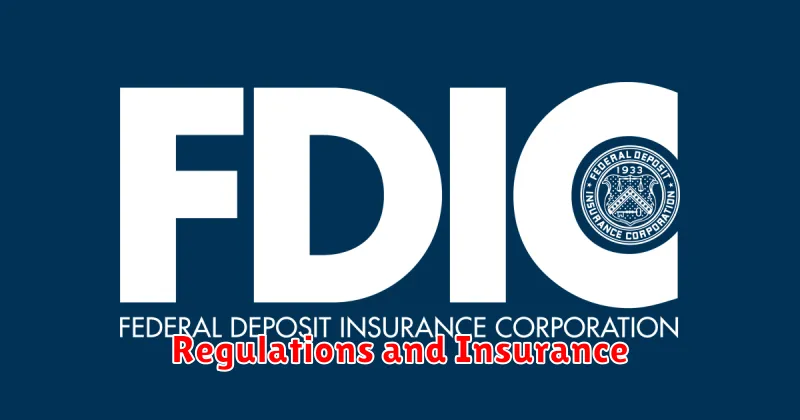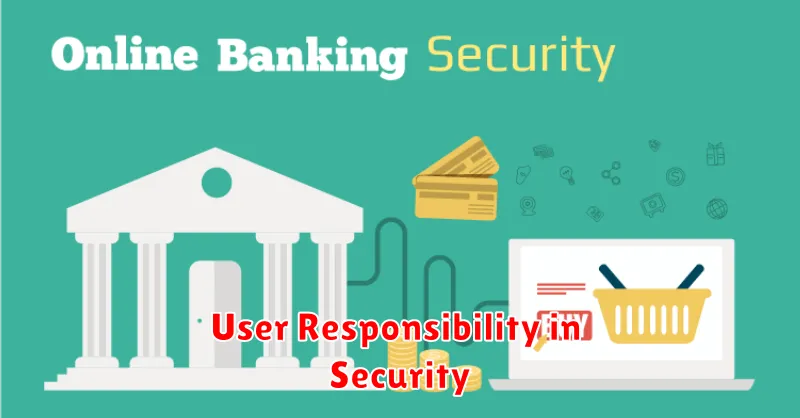In today’s rapidly evolving financial landscape, the rise of digital banks has presented consumers with a new and convenient way to manage their finances. However, with this convenience comes the important question: are digital banks safe for saving money? This article will delve into the security measures employed by digital banks, exploring the safeguards they have in place to protect your savings and examining the regulatory frameworks that govern their operations. Understanding these aspects is crucial for making informed decisions about where to entrust your money in the digital age. We will cover topics such as deposit insurance, cybersecurity protocols, and the overall financial stability of these modern banking institutions.
Choosing where to keep your savings is a significant decision, and understanding the potential risks and benefits associated with digital banks is paramount. This comprehensive guide aims to address your concerns about the safety and security of digital banking platforms. By examining the digital bank landscape thoroughly, we empower you to make an informed choice about whether digital banking is the right fit for your saving needs. We will discuss the advantages and disadvantages of digital banks compared to traditional brick-and-mortar institutions, offering a balanced perspective on this increasingly popular banking alternative.
How Digital Banks Protect Funds
Digital banks employ several security measures to safeguard customer funds. Encryption is a fundamental technology used to protect data transmitted between the user and the bank. This ensures that sensitive information like account numbers and passwords cannot be intercepted by unauthorized parties.
Multi-factor authentication (MFA) adds another layer of security. MFA requires users to verify their identity through multiple channels, such as a password and a one-time code sent to their phone. This makes it much harder for fraudsters to access accounts even if they obtain a password.
Digital banks also utilize fraud detection systems that monitor transactions for suspicious activity. These systems can identify unusual patterns and trigger alerts or block transactions that appear fraudulent. Additionally, many digital banks participate in FDIC insurance (in the US) or similar deposit insurance schemes in other countries, which protect customer deposits up to a certain amount in case of bank failure.
Regulations and Insurance

Digital banks, like traditional brick-and-mortar institutions, are subject to regulations designed to protect consumers and maintain financial stability. These regulations vary by country and jurisdiction but generally cover areas such as capital requirements, anti-money laundering practices, and consumer protection laws.
A key aspect of safety for depositors is deposit insurance. In many countries, digital banks participate in deposit insurance schemes similar to traditional banks. This insurance protects depositors’ funds up to a specified amount in the event of bank failure. It’s crucial to confirm whether a digital bank participates in such a scheme and the level of coverage offered.
Understanding the regulatory environment and insurance coverage applicable to a specific digital bank is essential for assessing its safety and making informed decisions about depositing funds.
Data Encryption and Cybersecurity
Data encryption plays a vital role in securing digital banking. It transforms readable data into an unreadable format, protecting it from unauthorized access. Strong encryption algorithms are essential for safeguarding sensitive information like account numbers, passwords, and transaction details. Without robust encryption, this data is vulnerable to cybercriminals.
Digital banks employ various cybersecurity measures to protect customer data. These include firewalls, intrusion detection systems, and multi-factor authentication. Regular security assessments and penetration testing are also crucial for identifying and addressing vulnerabilities. The strength of these cybersecurity measures directly impacts the safety of customer funds and information.
Comparing with Traditional Banks
Digital banks and traditional banks both offer services for saving money, but they differ in several key areas. One major distinction lies in their physical presence. Traditional banks operate through a network of branches, while digital banks primarily exist online.
Accessibility is another point of comparison. Digital banks often provide 24/7 access through apps and online platforms, whereas traditional banks typically adhere to business hours for in-person services. While both offer online banking, digital banks tend to have more robust and user-friendly digital interfaces.
Fees can vary significantly. Digital banks often boast lower overhead costs, leading to reduced or eliminated monthly maintenance fees, overdraft fees, and ATM fees. Traditional banks may have higher fees to maintain physical branches and a larger workforce.
Finally, consider regulation and security. Both types of banks are subject to regulatory oversight, although the specific regulations may vary depending on the jurisdiction. Both utilize security measures to protect customer funds, including encryption and fraud detection.
User Responsibility in Security

While digital banks implement robust security measures, user responsibility plays a crucial role in safeguarding funds. Strong passwords are fundamental. Create complex passwords, avoid reusing them across platforms, and change them periodically.
Two-factor authentication (2FA) adds an extra layer of protection. Enable 2FA on all available accounts to prevent unauthorized access, even if your password is compromised.
Device security is paramount. Keep your devices’ operating systems and apps updated to patch security vulnerabilities. Install reputable antivirus and anti-malware software, and avoid clicking suspicious links or downloading attachments from unknown sources.
Vigilance against phishing scams is essential. Be wary of unsolicited emails, messages, or calls requesting personal information. Digital banks will never ask for your password or login details through these channels. Always verify communication directly with the bank.
Reviewing Bank Trust Scores
A crucial aspect of evaluating the safety of a digital bank involves examining its trust score. These scores, often aggregated from various sources, reflect public perception and expert analysis of a bank’s financial health, security practices, and customer service.
Trustpilot, Better Business Bureau (BBB), and other similar platforms offer valuable insights. Pay close attention to the overall rating and the volume of reviews. A large number of positive reviews generally indicates a trustworthy institution. However, don’t solely rely on these scores. Delve deeper into the reviews themselves, looking for recurring themes or specific concerns.
Scrutinize the reasoning behind both positive and negative reviews. Generic praise or complaints offer less value than specific anecdotes describing positive or negative experiences. Be wary of overwhelmingly positive reviews with little substantive content, as these could be fabricated.

